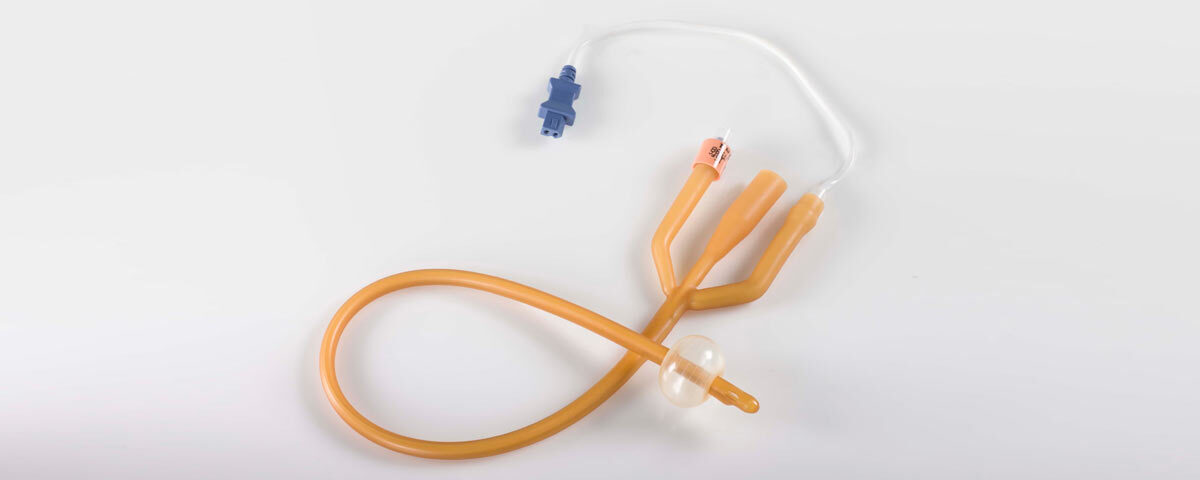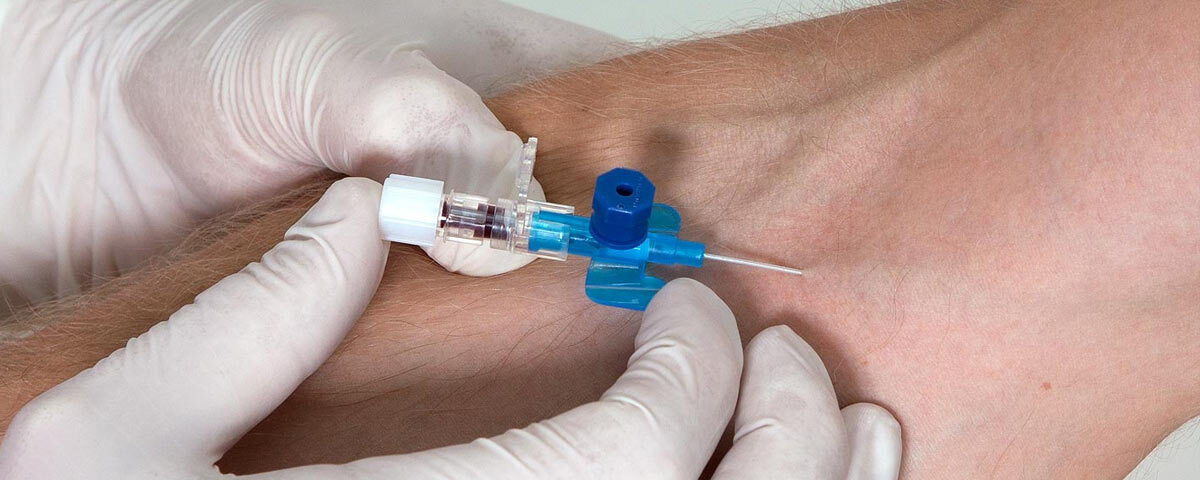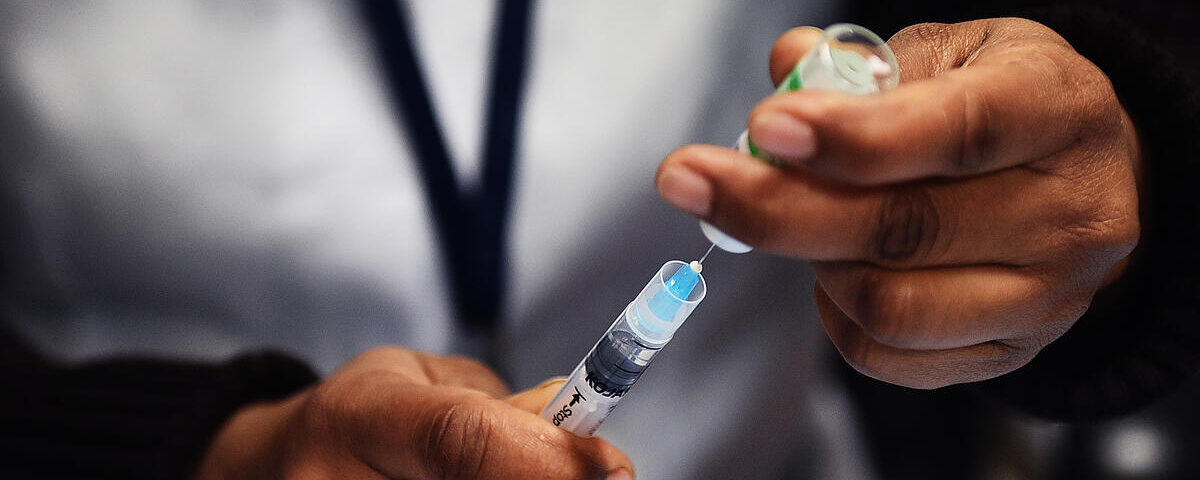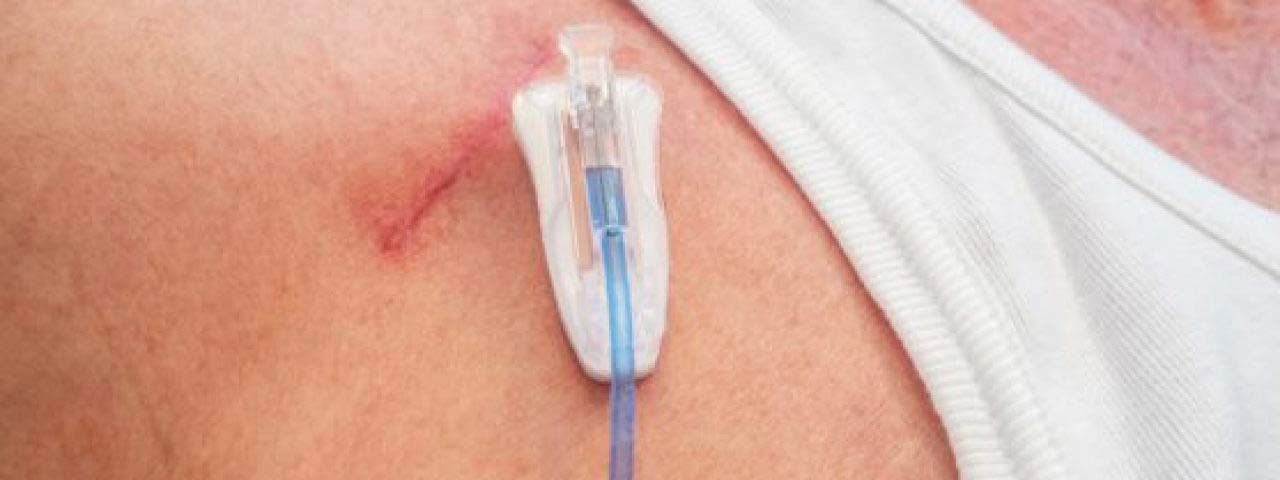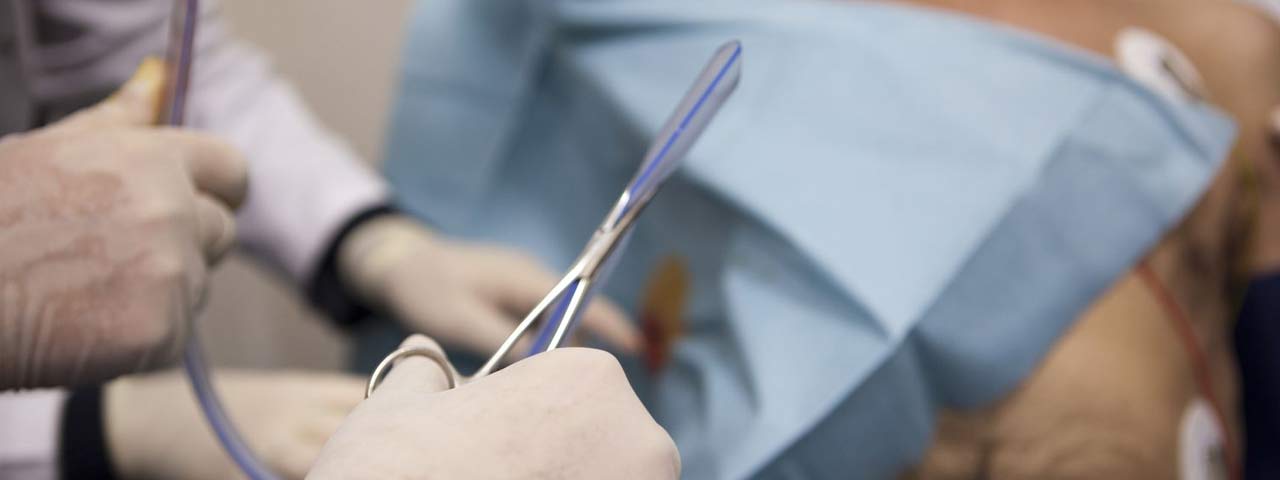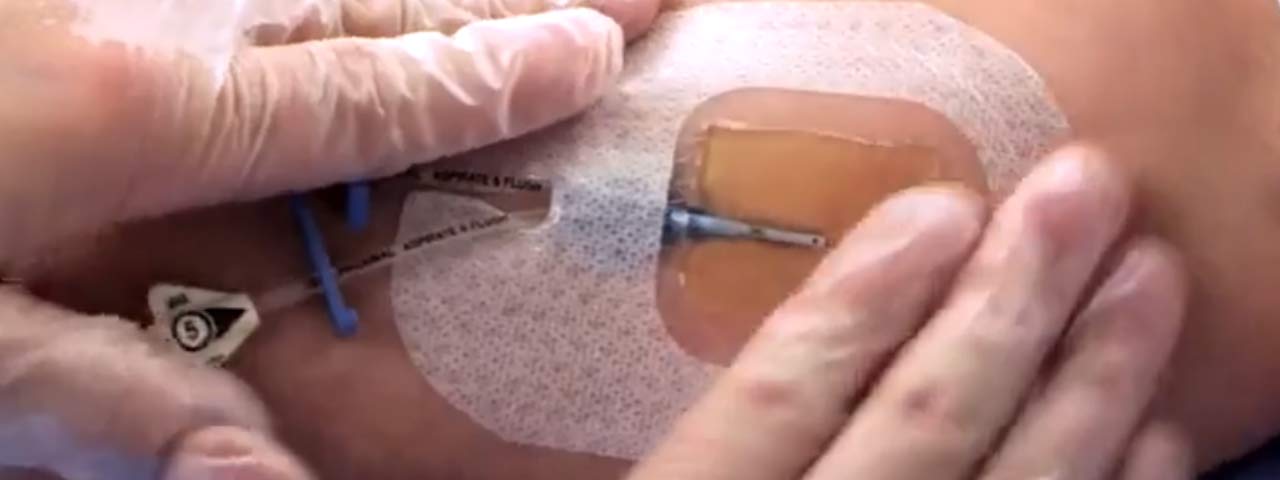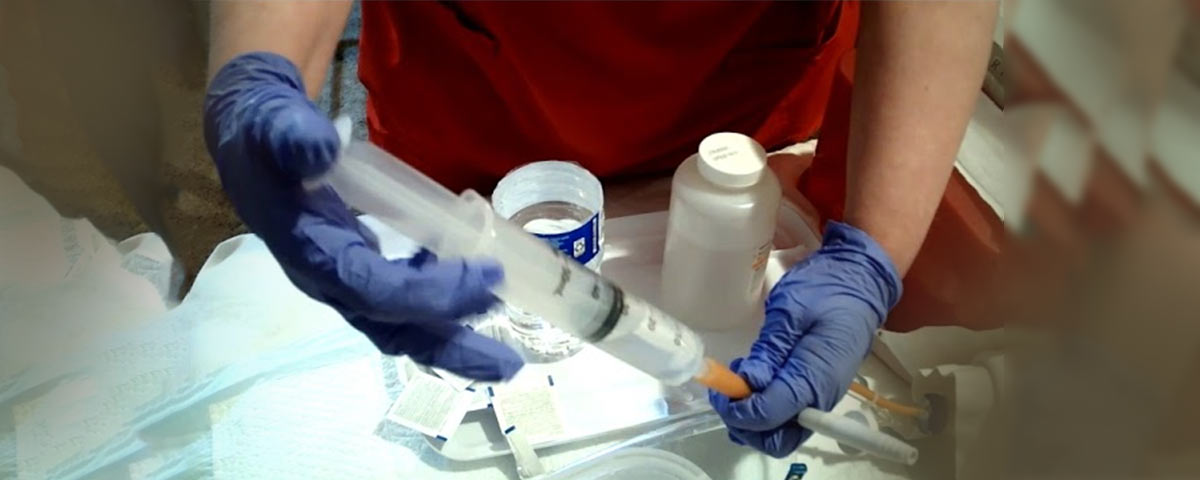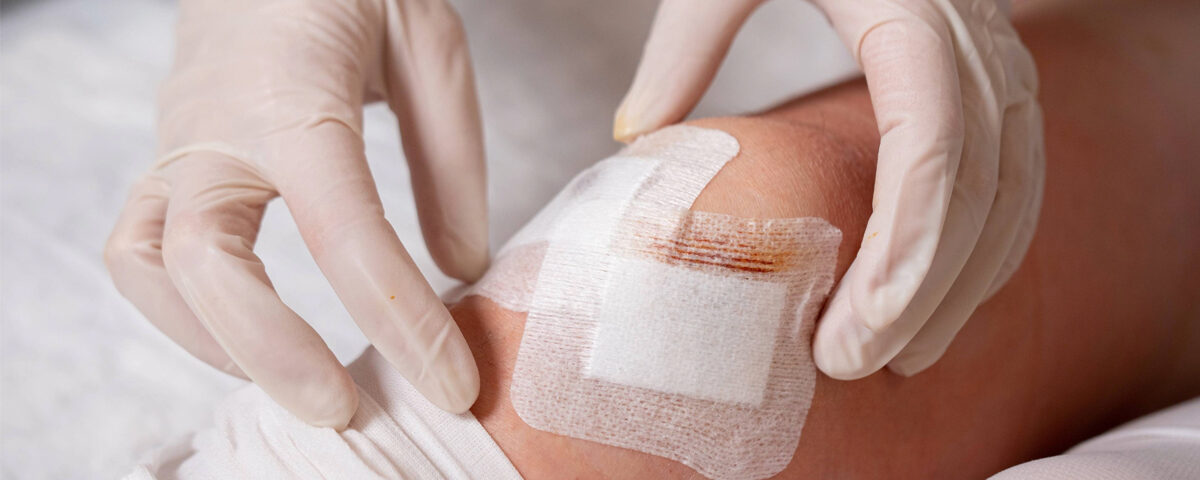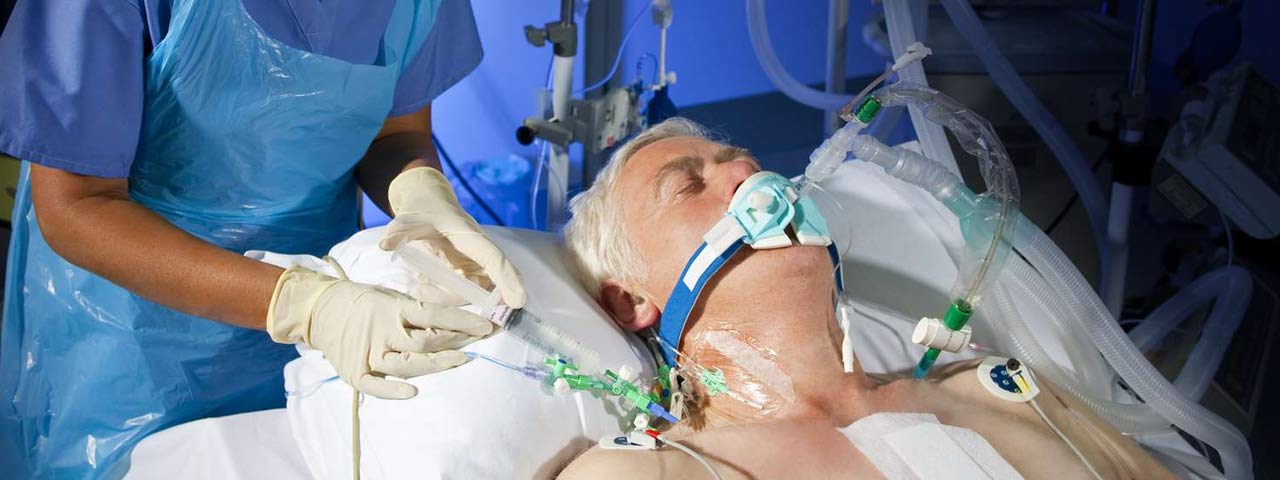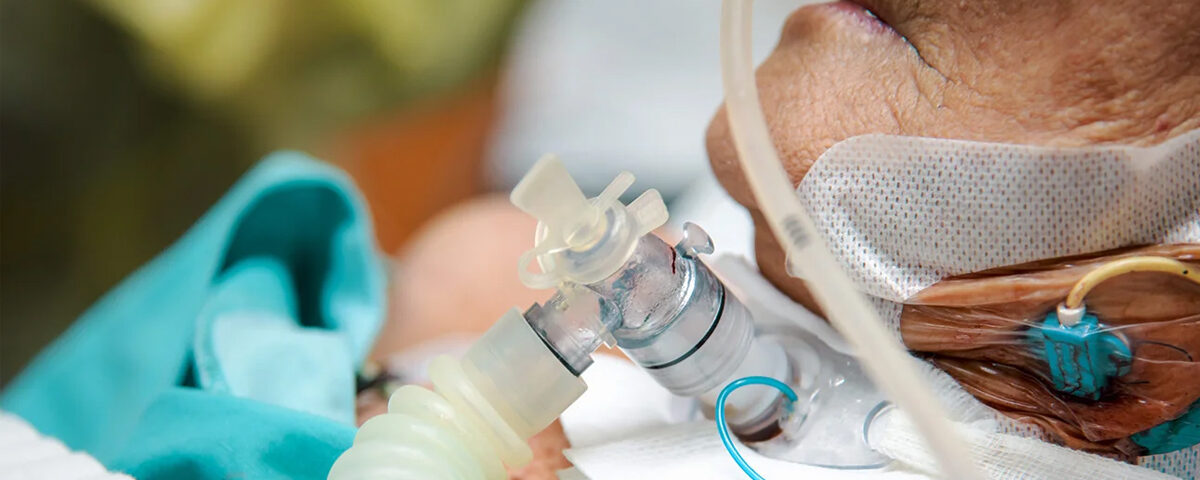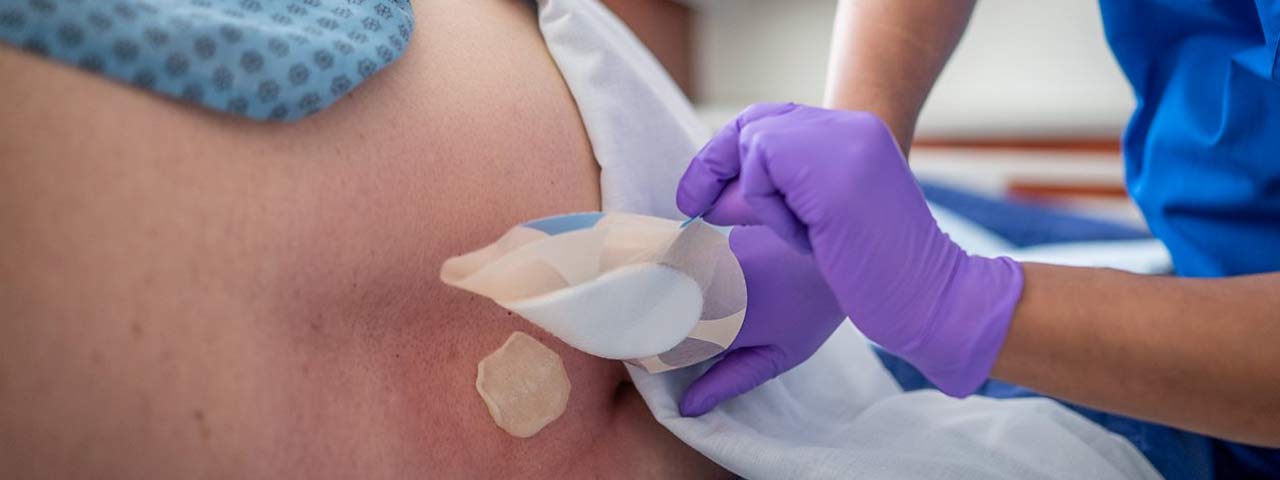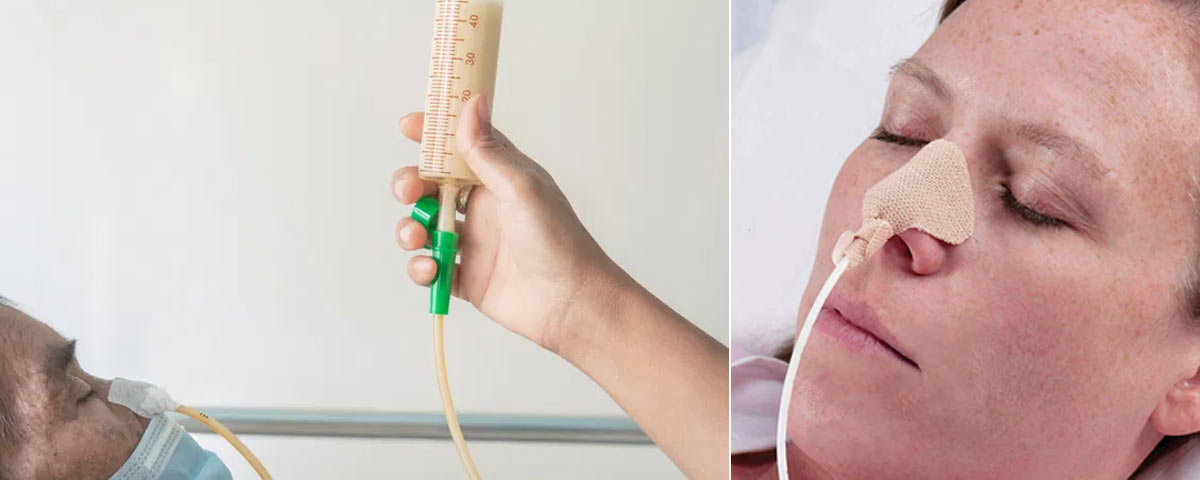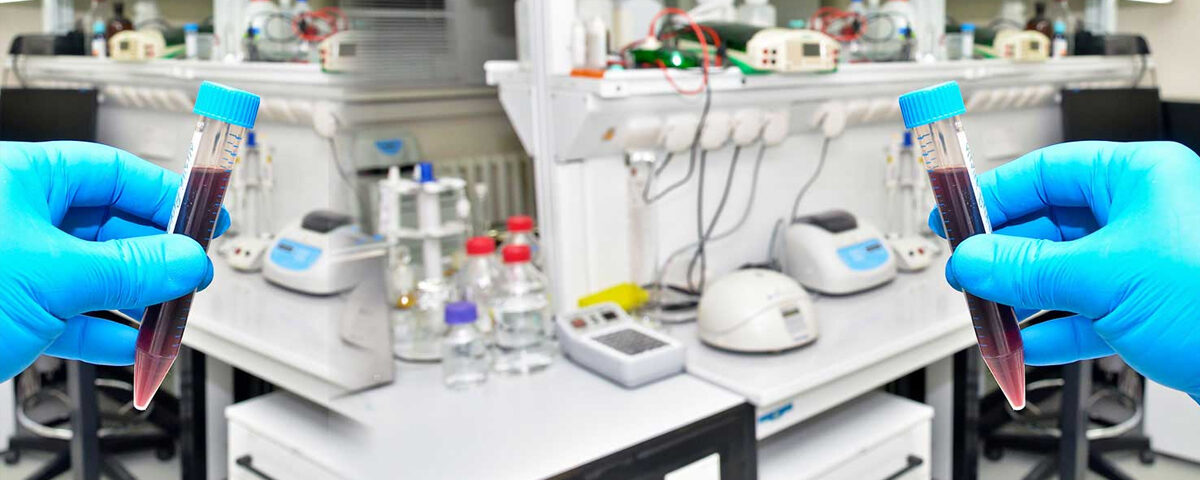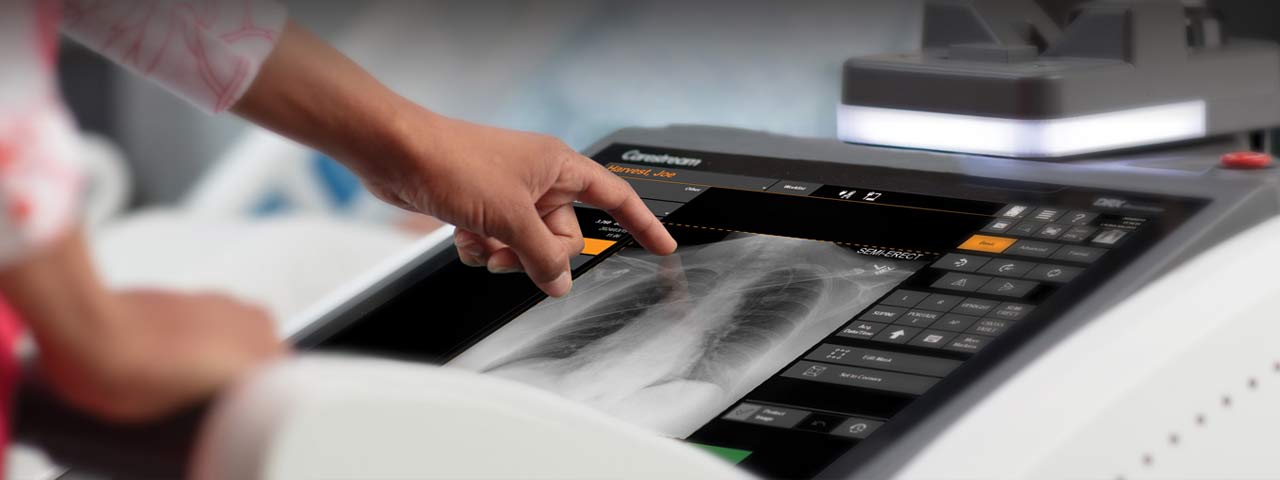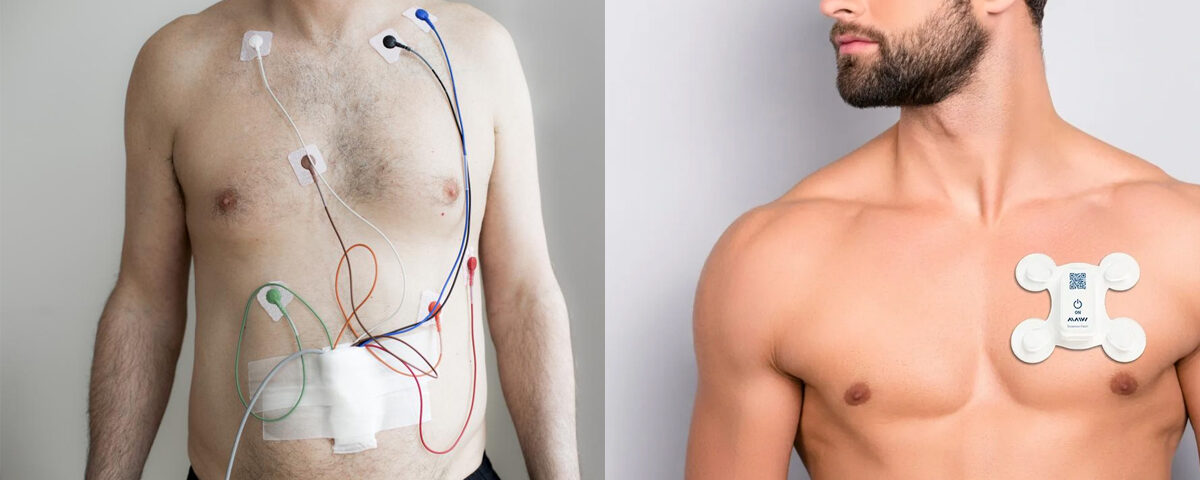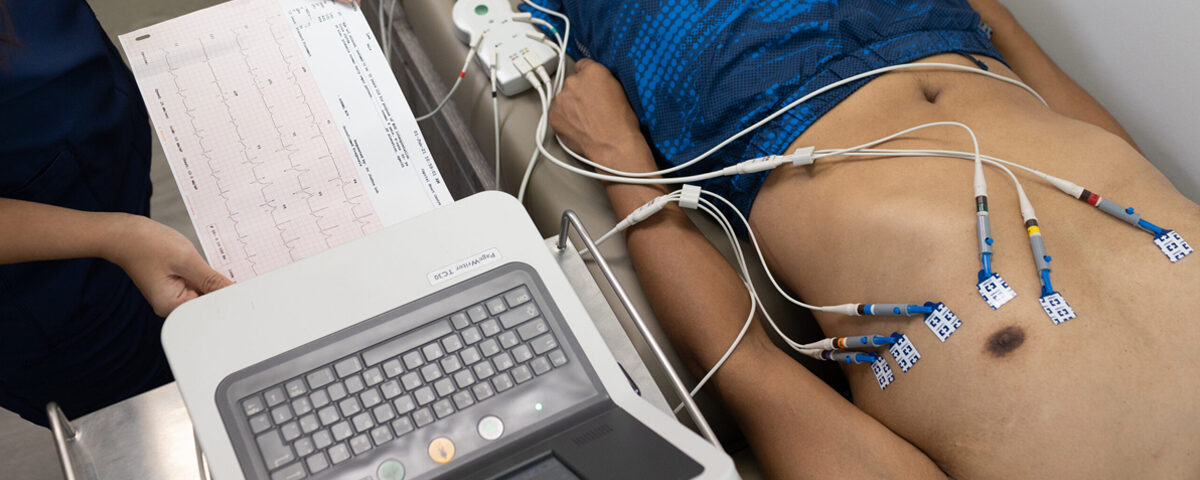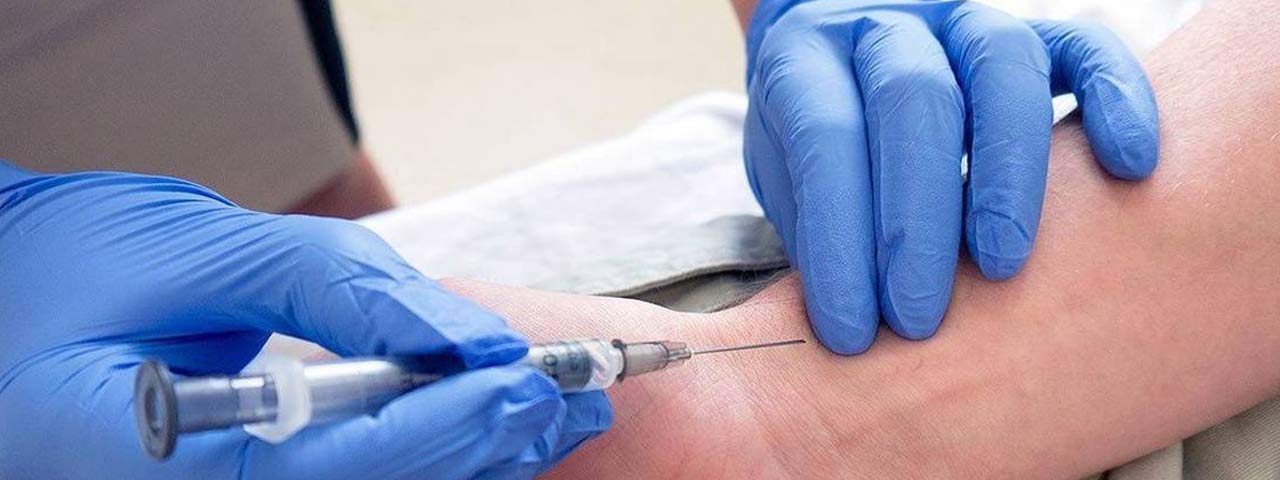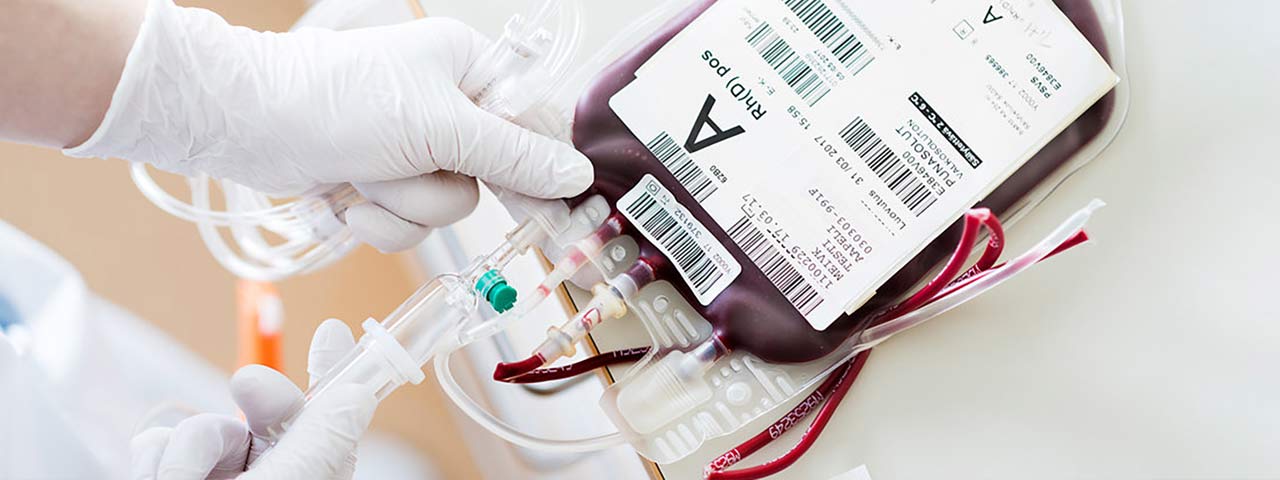Foley’s Catheterization is the insertion of a Foley catheter—a flexible tube passed through the urethra into the bladder—to drain urine. It is commonly used for patients who are unable to urinate naturally due to medical conditions, surgeries, or prolonged immobilization. Proper technique and aftercare are crucial to prevent complications such as infections or trauma.
Indications for Foley’s Catheterization:
- Urinary Retention: Inability to pass urine due to obstruction, neurological conditions, or post-surgery.
- Monitoring Urine Output: Especially in critical care settings.
- Urinary Incontinence: When other methods of management are not suitable.
- Surgical Procedures: During and after surgeries involving the bladder, prostate, or adjacent areas.
- Bladder Irrigation: To manage clots or prevent obstruction.
Equipment Required:
- Foley catheter of appropriate size (measured in French, e.g., 12–16F for adults).
- Sterile gloves and drape.
- Antiseptic solution (e.g., povidone-iodine or chlorhexidine).
- Sterile lubricant or anesthetic gel.
- Catheter drainage bag.
- 10 mL sterile water for balloon inflation.
- Syringe for balloon inflation.
- Cotton balls or gauze.
- Disposable underpad.
- Securement device (e.g., catheter strap).
Steps for Foley’s Catheterization:
- Preparation:
- Explain the Procedure:
- Inform the patient about the process and gain consent.
- Position the Patient:
- Males: Supine with legs slightly apart.
- Females: Supine with knees flexed and legs apart, exposing the perineal area.
- Ensure Privacy and Asepsis:
- Use a sterile drape and maintain a sterile field throughout the procedure.
- Hand Hygiene and Gloving:
- Wash hands thoroughly and wear sterile gloves.
- Cleansing the Urethral Opening:
- For males: Retract the foreskin (if uncircumcised) and clean the glans in a circular motion, starting from the urethral opening outward.
- For females: Separate the labia and clean from front to back using antiseptic-soaked gauze or cotton balls.
- Insertion of Catheter:
- Apply Lubricant:
- Generously lubricate the tip and length of the catheter to minimize discomfort.
- Insert the Catheter:
- Gently insert the catheter into the urethral opening:
- Males: Advance the catheter to the bifurcation (where the balloon port is).
- Females: Advance the catheter until urine flows, then another 2-3 cm to ensure correct placement.
- Gently insert the catheter into the urethral opening:
- Check for Urine Flow:
- Once urine flows, confirm the catheter is in the bladder.
- Balloon Inflation:
- Inflate the catheter balloon with sterile water (usually 5-10 mL, depending on the catheter size).
- Gently tug the catheter to ensure the balloon is properly seated against the bladder neck.
- Connect the Drainage Bag:
- Attach the catheter to a closed drainage system.
- Secure the catheter to the patient’s thigh to prevent tension or displacement.
- Final Steps:
- Dispose of used materials properly.
- Record the procedure, including the catheter size, amount of water used for inflation, and any observations.

